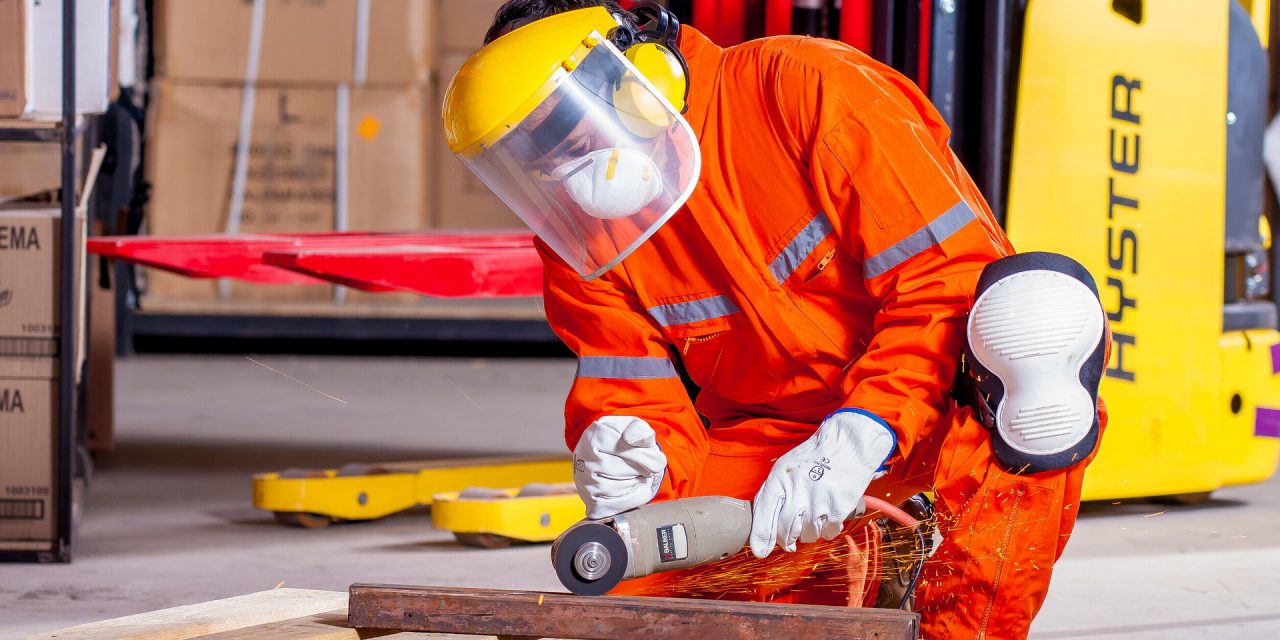Will demand for high-density multifamily buildings and condo units continue to drop following the pandemic?
- No, demand will rise (55%, 31 Votes)
- No, demand will be flat (21%, 12 Votes)
- Yes, and for a long time (13%, 7 Votes)
- Yes, but not for long (11%, 6 Votes)
Total Voters: 56
One of the largest factories, Factory OS, is located an old naval submarine factory in Vallejo, California, and the finished products are full-blown apartment buildings. A more streamlined source of housing construction is a promising solution to many of the social distancing issues created out of the 2020 recession. Thus far, they have completed ten buildings in NorCal, with big plans to branch out further.
The assembly line process cuts costs by 30%, according to the New York Times. Once Factory OS workers assemble the basic building blocks of each apartment building, they transport the completed components on flatbed trucks to undergo a final assembly onsite.
Along with lower costs, this process takes half the time that it takes to construct a regular apartment building, for a total of 11-to-12 months for each building — enabling more construction, faster. This is ideal for creating housing for low- and moderate-income households, a dire need in California.
The factory has received funding from tech companies like Google, Autodesk and Facebook. With their success, Factory OS has been able to expand the factory, and recently accepted 24 new projects. In the near future, they are planning to open up a factory in Los Angeles.
Factory OS is not the only company breaking the mold and making assembly line apartments. IndieDwell, based in Idaho, and Blokable, based in Sacramento, have created similar productions.
These factories are each a step towards implementing creating solutions to our state’s severe housing shortage.
The residue of the recession on construction
The assembly line idea is promising, especially during this time of high demand and low inventory. While we are heading towards the road of post-recession recovery, a balanced inventory is not yet in the cards. The recovery process is still a lengthy one.
Throughout the 2020 recession, we saw:
- a rise in home prices;
- constrained inventory;
- low mortgage rates; and
- historic job losses.
The recovery process can be assisted through ideas like this housing assembly line, which offers a creative, private-industry solution to the inventory and demand problem. A streamlined assembly line that cuts costs by 30% and building time in half is a beacon of hope in terms of construction, market demand, and low inventory solutions.
Other efforts to increase construction are being originated by California legislators, including incentivizing builders to include low-income units in their developments and paving the way for faster construction with reduced permitting requirements. With this renewed focus on low- and moderate-income housing, watch for multi-family units to dominate the construction landscape in the coming years.
Related article:














